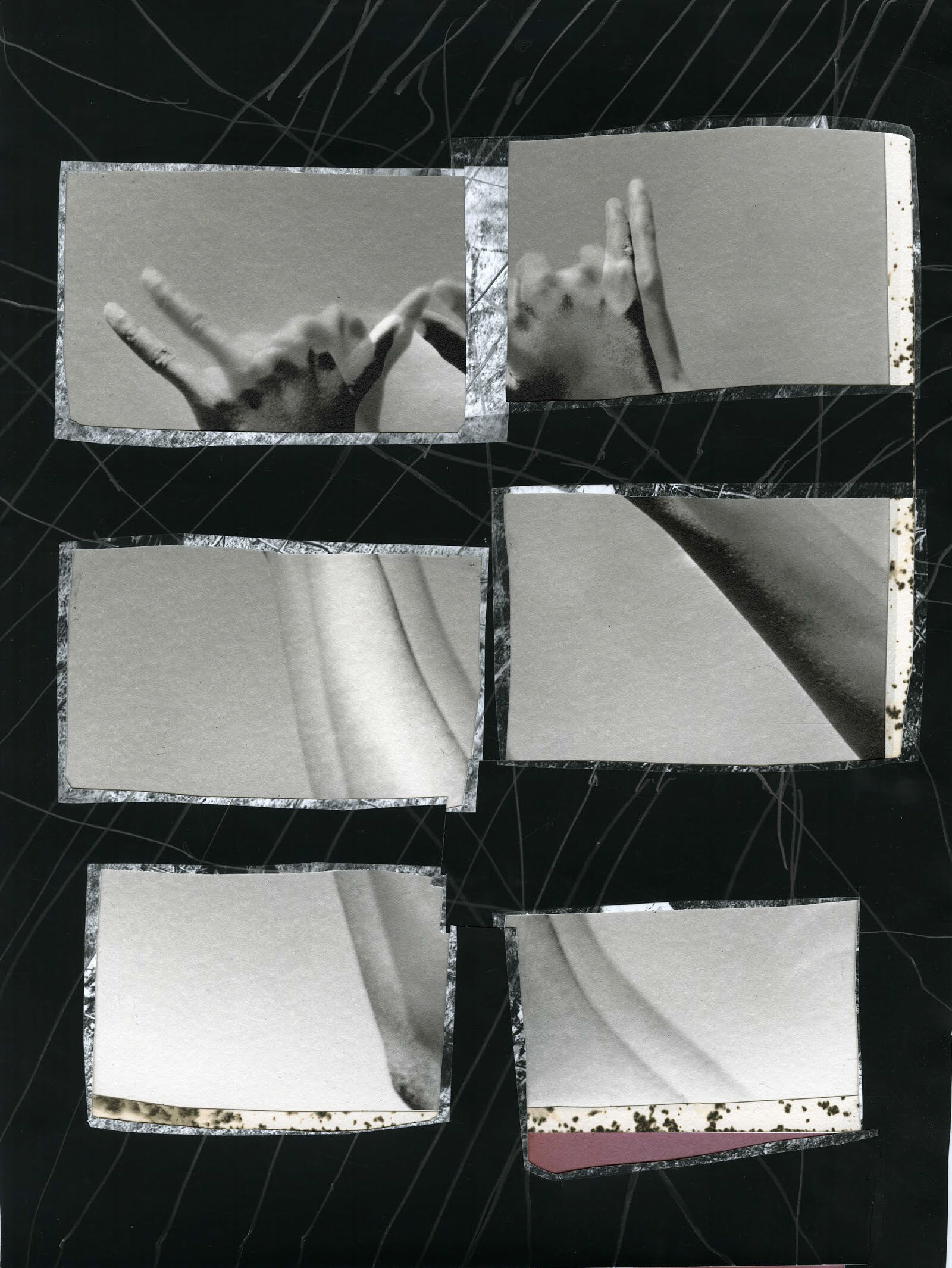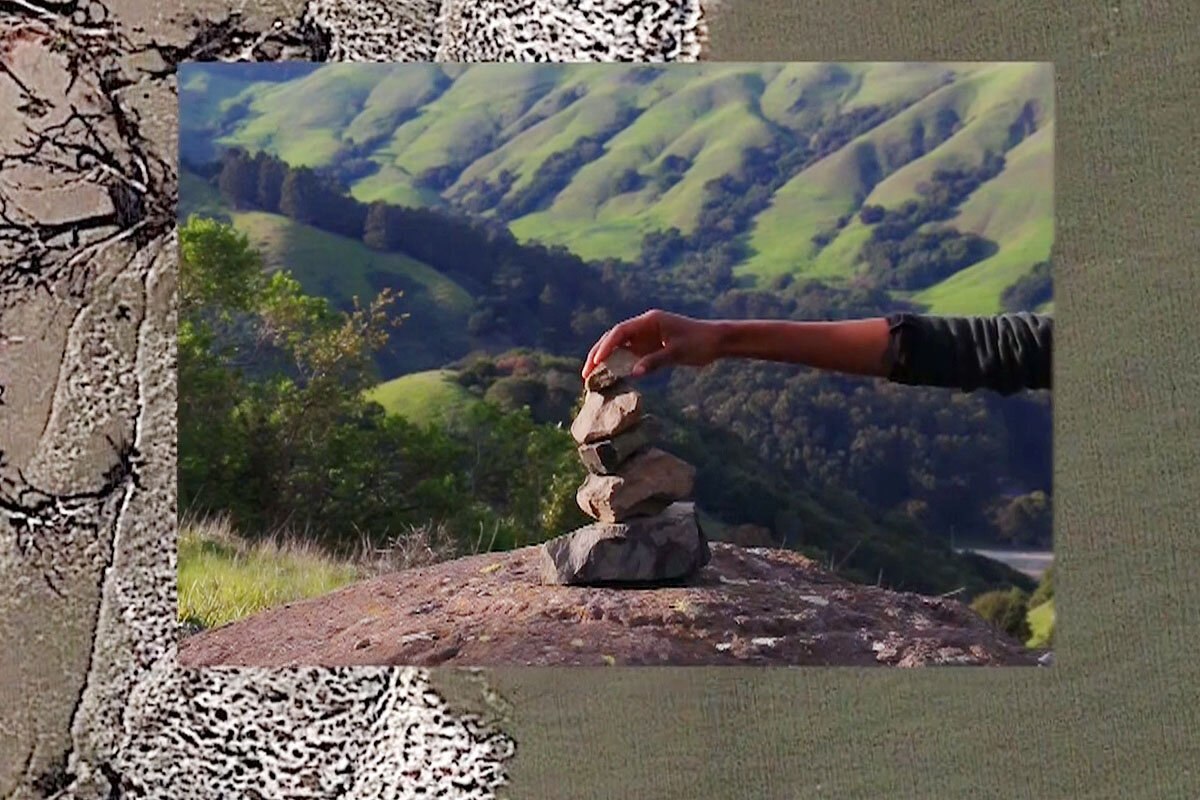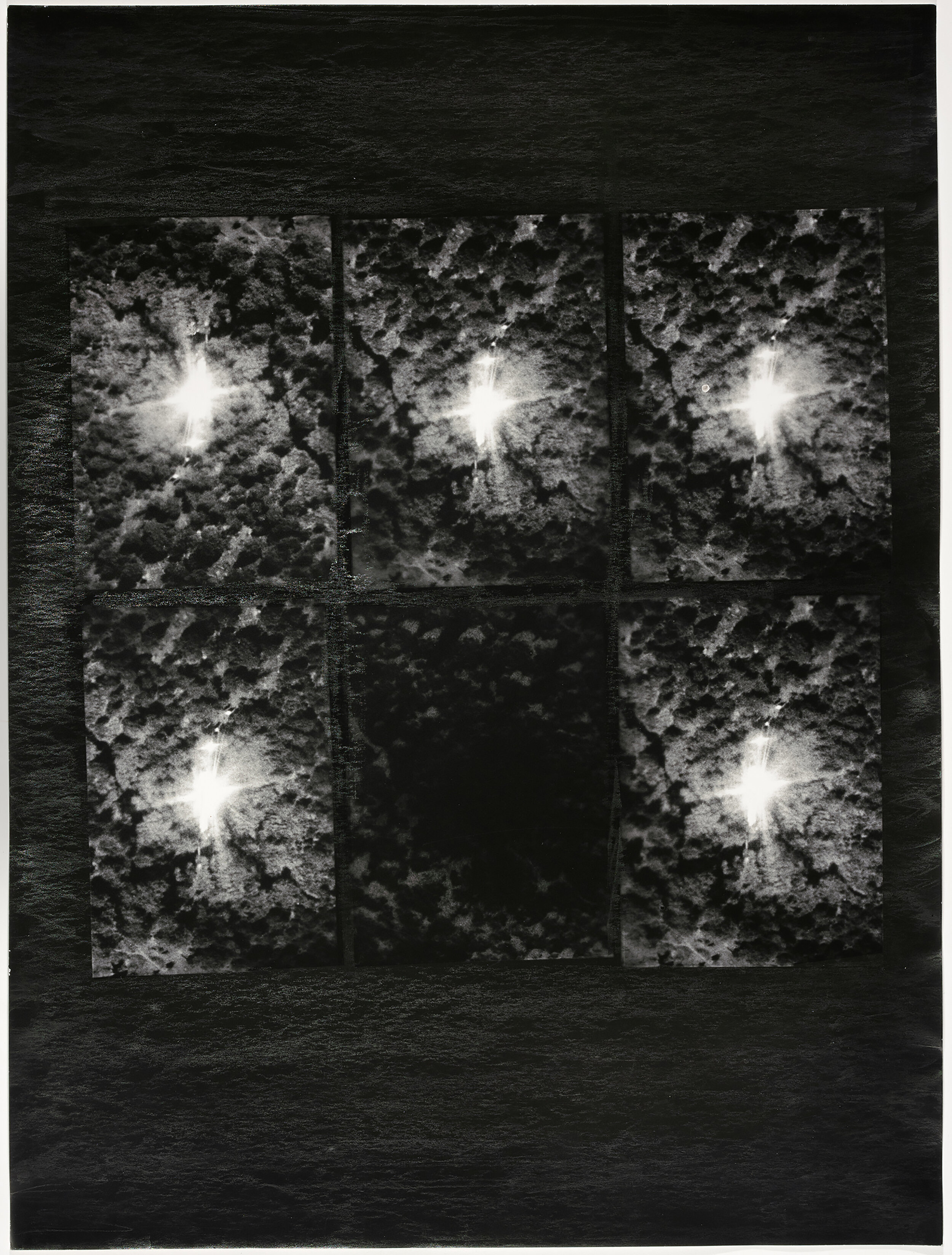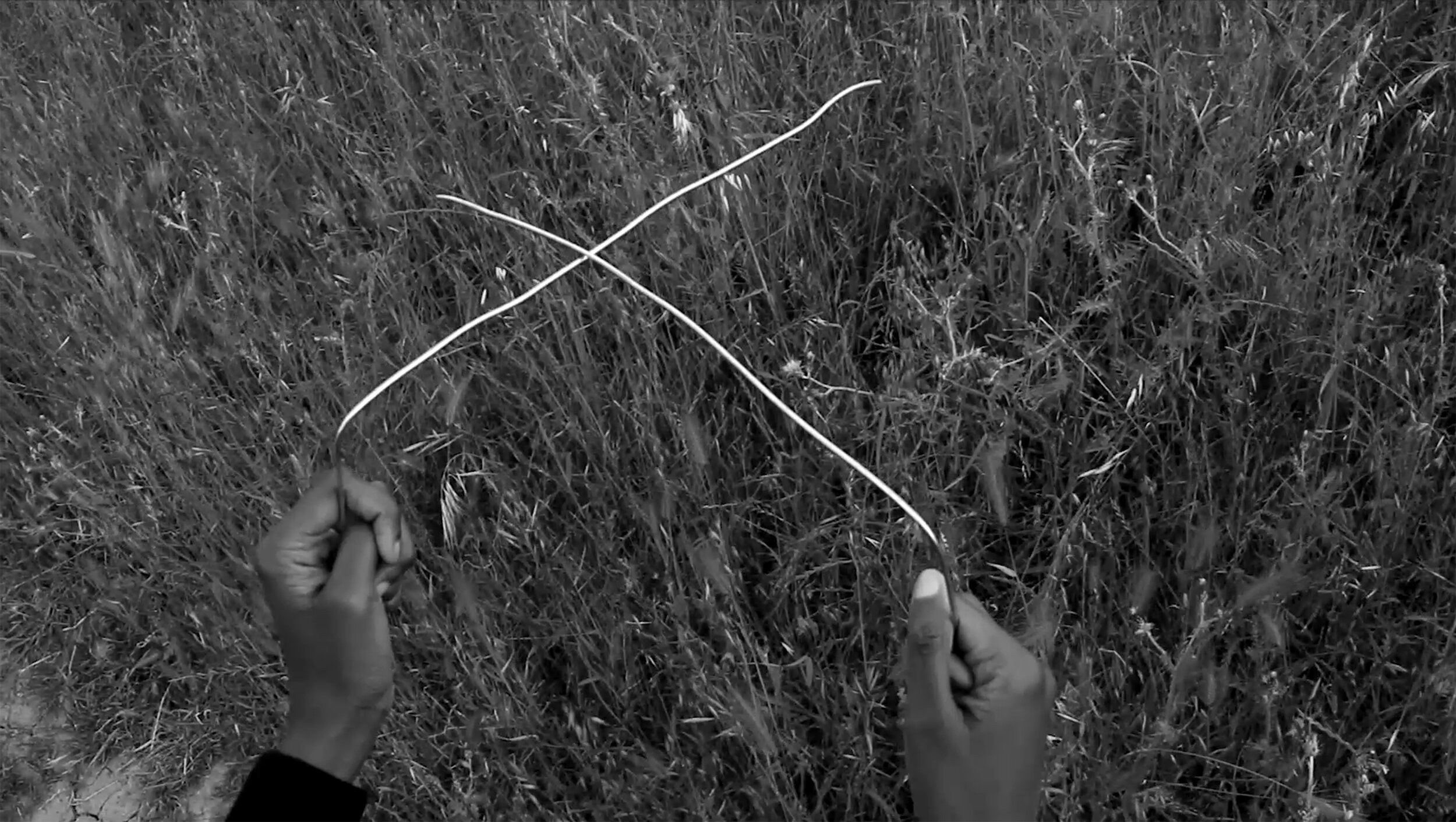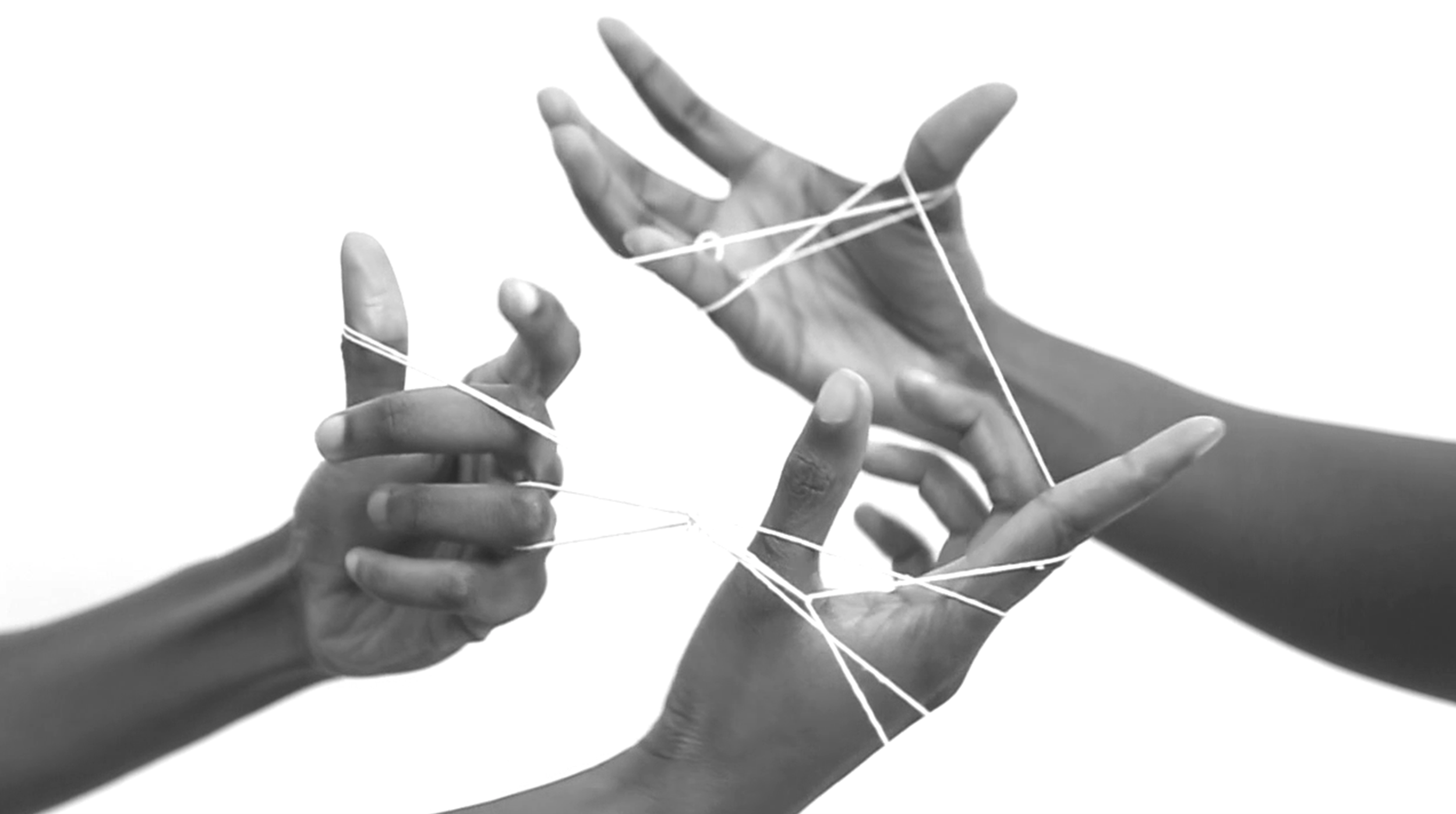Q&A: Dionne Lee
By Leah Grant | Published November 20, 2020
Dionne Lee, born in New York City and based in Oakland, received her MFA from California College of the Arts in 2017. She has exhibited work at the Museum of Modern Art, Aperture Foundation, the school of the International Center of Photography in New York City, and throughout the Bay Area including Aggregate Space, Interface gallery, LAND AND SEA, and the San Francisco Arts Commission. In 2016 Lee received a Graduate Fellowship at Anderson Ranch Arts Center and the Barclay Simpson Award. In 2019 she was an artist-in-residence at the Center for Photography at Woodstock and a finalist for the SFMoMA SECA and San Francisco Artadia awards. Her solo show, Running, rigging, wading, was an Art Forum Magazine’s Critics Pick in 2019. She was recently included in the 2020 New Photography exhibition, Companion Pieces, at the Museum of Modern Art. Lee currently teaches at Stanford University.
Leah Grant: I am so excited to have this opportunity to talk with you today!
Dionne Lee: Thanks Leah! I’m happy to be in conversation with you.
LG: Your collage and darkroom process allows you to deconstruct and reconstruct American landscapes, which provides new discoveries for navigation and survival. It is an interesting take on immigration and fleeing to another location, specifically when you mention how Black people fled from enslavement in the South affects one’s own self-navigation. Do you ever think about fleeing from the responsibility that is connected to this type of history when making the work?
DL: Oof. What a question! I would say I don’t see fleeing as an option. We are all bound to those that came before us and it is up to the individual to decide how they relate to that past. In the pieces North and True North, I am performing a gesture that one would use to measure distance in the sky in order to find the north star. I find a sense of power in holding a position my ancestors could have been guided by. For me, this kind of performance, in the moment, can be a portal to those that came before. In all of my work I am curious about what happens when we return to this sort of bodily knowledge. It can be restorative and generating. To flee would be, in my opinion, an act of neglect. And if you neglect a part of yourself or your history, in the end you will suffer.
LG: Do you ever feel like you have responsibility to the land when photographing and collaging images?
DL: I do all the time, and this motivates many choices I make. In the process of making work, in the field or studio, I am always considering my responsibility to place and the land itself. I root myself in understanding that I am on stolen land, that my people also tended this land, and that I am just one soft layer, a layer thinner than I can ever see with my naked eye, and that I am always walking among other layers left by others. It’s hard to separate this “responsibility to the land” as existing in my art practice one way and in my personal life another–it all blends together. When making work outside, I sit with the place before I make an image, or sometimes I get an idea just from being where I am, and a photo isn’t necessary. This act of sitting with a place comes from the tradition of asking permission of a place, or plant, before harvesting–whether in the wild or in a garden. To some this can sound a little “woo” (which I love!) but you can also think of it as taking stock–consider the condition of the land, is it well tended to or neglected? What is abundant here and what is lacking? How many people are on that trail? If it’s crowded maybe I’ll go another way. I compost. I live on the unceded territories of the Ohlone and Chochenyo peoples, so I pay a Shuumi land tax. I make decisions that leave a small ecological footprint, you know, I just try and do all the bare minimum things and then some. But I also work in the darkroom which is terrible for the environment. And maybe I’m taking your question too literally, but I do think there is value to maintaining a certain level of consciousness about my responsibility to a place–my work is quite personal and so these seemingly separate points of responsibility all fold into each other.
LG: I loved how your show with Light Work gave us a deeper perspective on your making process. In this video, you mention coming across stutters in the darkroom when making double exposures. This reminds me of the interruptions we experience as artists in and outside the studio and I am curious about how your work process parallels with an artist’s own navigation through their career. So, on that note, I think it is only right that I include questions that examine how we as artists can be our own “compass.” How do you guide joy into your art practice?
DL: I take the pressure off. I, like many artists (and non-artists!) I know, am very good at putting pressure on myself to produce, produce, produce, or always have a response to something or always want to be in the studio, or have a stroke of inspiration, or… you know, the list can go on! Having that pressure is counterproductive for me and it’s NO FUN and it’s totally okay to HAVE FUN while making your work. It’s not fair to myself or my work to deny that sort of engagement. I don’t put time restraints on myself or have hard expectations about what something will be. When I get too caught up in that I remind myself to just make. Make things no one sees, make things that are bad or just ok, and not feel bad about it but instead see it as an opportunity to learn–learning what doesn’t work. I don’t know about joy but I think a generative and healthy practice comes from remembering that every part of one’s process is valid and ever-shifting. We say art practice for a reason! I think prioritizing having questions, excitement, curiosity, and feeling regenerated is what I strive for.
I’ve also redefined what I consider as “studio time.” My “studio” is a small corner of a room I share with other people and sometimes I am there a lot, others I am not, sometimes I am walking in the regional park not far from my house and that’s the studio for the day, sometimes I am just walking in my neighborhood and thinking, sometimes I am reading Robin Wall Kimmerer and sometimes I am reading about the Anthropocene, other times I am collaging from found books that have nothing to do with my “work” (I just made a really silly collage yesterday using images from a dated book on weightlifting). The collage is ok, it’s pretty silly like I said, but I also just got practice cutting, gluing, making shapes. I’d count that as studio time. I believe everything is research.
LG: How do you define success in your art practice?
DL: If I am energized enough to move forward on a project or line of inquiry, then I think I’d consider it successful. Which I guess means this could shift; something can be successful until it’s not and then it can maybe return to success again. I don’t know. I guess just if I want to keep going. And if I don’t want to but I keep going anyway. I can’t think of ways to apply success after the making process… there is the obvious: exhibitions, positive feedback, etc. and all that counts towards helping me move forward in my practice, but it’s not enough on its own.
Lately when people ask me how I’m doing (the daunting question of 2020!) I’ve responded with “I’m just riding the wave!” and that’s maybe related to your question. If I cannot get wiped out or swallowed by the wave I’m doing good. It also means I am staying flexible and in control of myself and am doing the best I can. This year especially I think just doing the best you can defines success.
LG: What kind of artist do you want to be and does that change throughout your practice?
DL: Oh gosh! I don’t know but I’m excited to see how my process shifts and grows. I’m trying to think of a more direct answer to this question… I’d like to remain flexible. Ride the wave!
LG: Is there anything you want to explore in your work that you have not explored yet?
DL: Oh, so much. I am really interested in the desert as a landscape and the resiliency of a place often viewed as barren or lifeless. My interest in survival is morphing into resiliency, I think, but I can’t fully get there yet–I need to work on my optimism I suppose, but I also welcome a counterbalance. Right now I am thinking a lot how we define “wilderness” and questioning how much of it is defined by an actual place (like a dense and unkept forest) versus who is occupying said space–does one's personhood define an environment? When does a subway platform become a wilderness space? A scenic rural landscape? A neighborhood corner? A public park? One’s own home? I am also thinking about bunkers, collard greens, the contact sheet as an object and survey, and making more sculptures… all my houseplants are thriving right now and that feels important too.
LG: Thank you Dionne! Your work is thought provoking and I enjoy making new discoveries each time I spend time with your work.
DL: It's been a pleasure. Thank you for the great questions.
